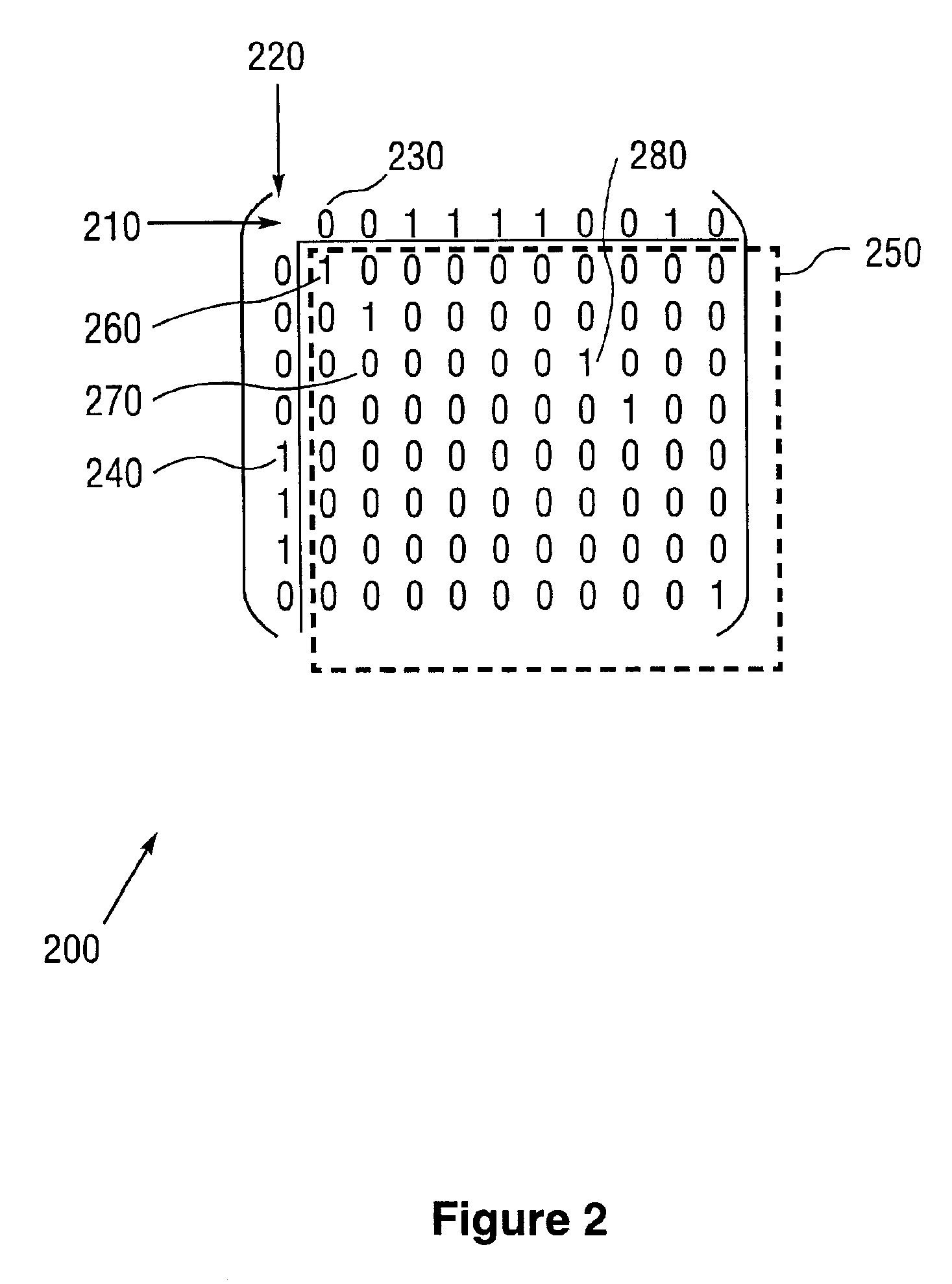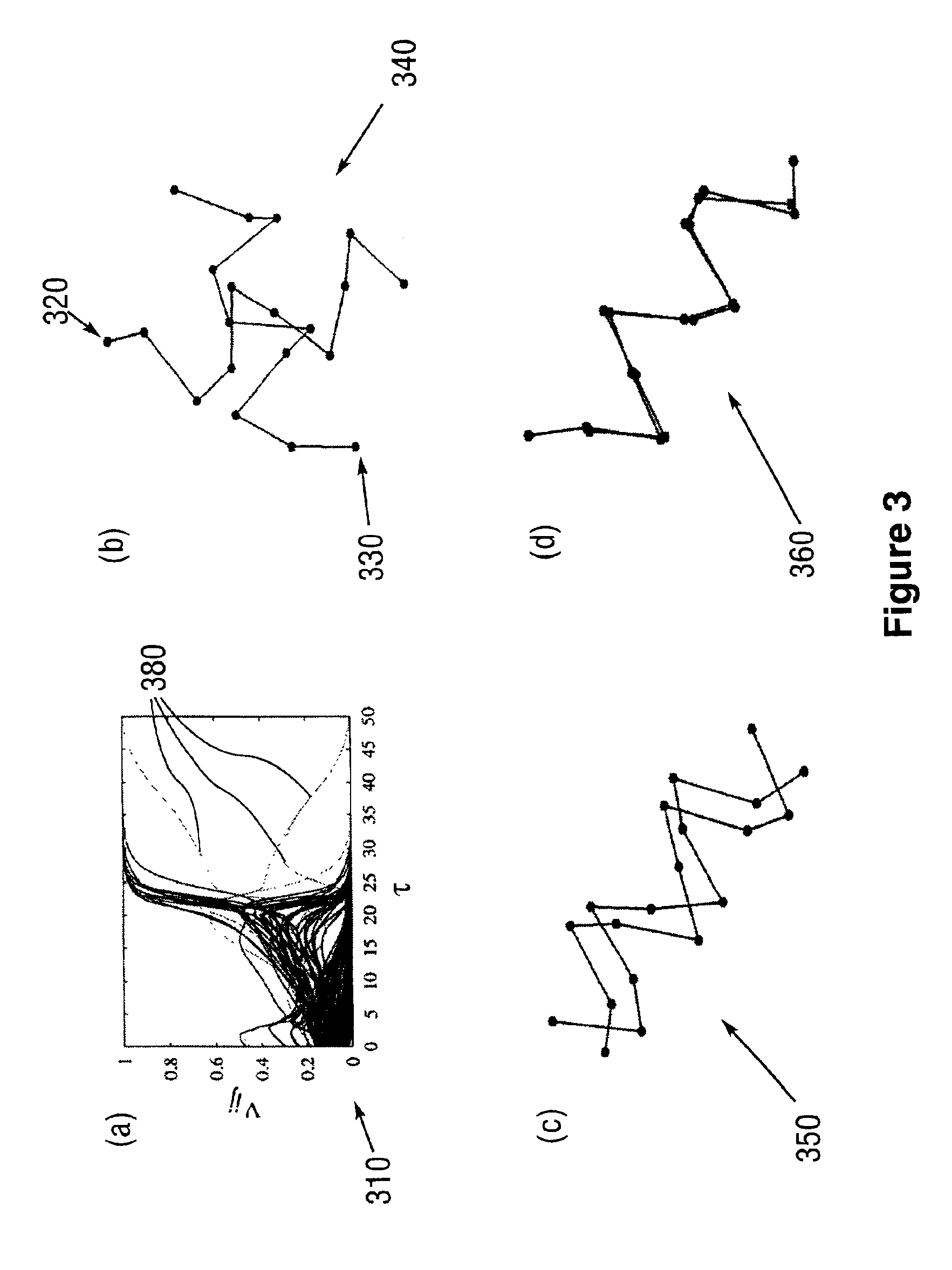Method for protein structure alignment
a protein structure and alignment technology, applied in the field of protein structure alignment, can solve the problems of ancestry and evolution that may not be revealed, limited to high-quality approximate solutions, and cannot be used for permutations, so as to achieve the effect of efficiently handling protein permutations
- Summary
- Abstract
- Description
- Claims
- Application Information
AI Technical Summary
Benefits of technology
Problems solved by technology
Method used
Image
Examples
Embodiment Construction
Although the following detailed description contains many specifics for the purposes of illustration, anyone of ordinary skill in the art will readily appreciate that many variations and alterations to the following exemplary details are within the scope of the invention. Accordingly, the following preferred embodiment of the invention is set forth without any loss of generality to, and without imposing limitations upon, the claimed invention.
The present invention can be understood according to the following exemplary embodiments in which there are two proteins, protein 1 and protein 2 with respectively N1 and N2 atoms, that are to be structurally aligned. In the general sense of the present invention, the structural alignment is accomplished by a series of weighted rigid body transformations of the first chain, keeping the second chain fixed. The atom coordinates of the first and the second chain of protein 1 and 2, respectively, is denoted by xi (i=1, . . . , N1) and yj...
PUM
 Login to View More
Login to View More Abstract
Description
Claims
Application Information
 Login to View More
Login to View More - R&D
- Intellectual Property
- Life Sciences
- Materials
- Tech Scout
- Unparalleled Data Quality
- Higher Quality Content
- 60% Fewer Hallucinations
Browse by: Latest US Patents, China's latest patents, Technical Efficacy Thesaurus, Application Domain, Technology Topic, Popular Technical Reports.
© 2025 PatSnap. All rights reserved.Legal|Privacy policy|Modern Slavery Act Transparency Statement|Sitemap|About US| Contact US: help@patsnap.com



